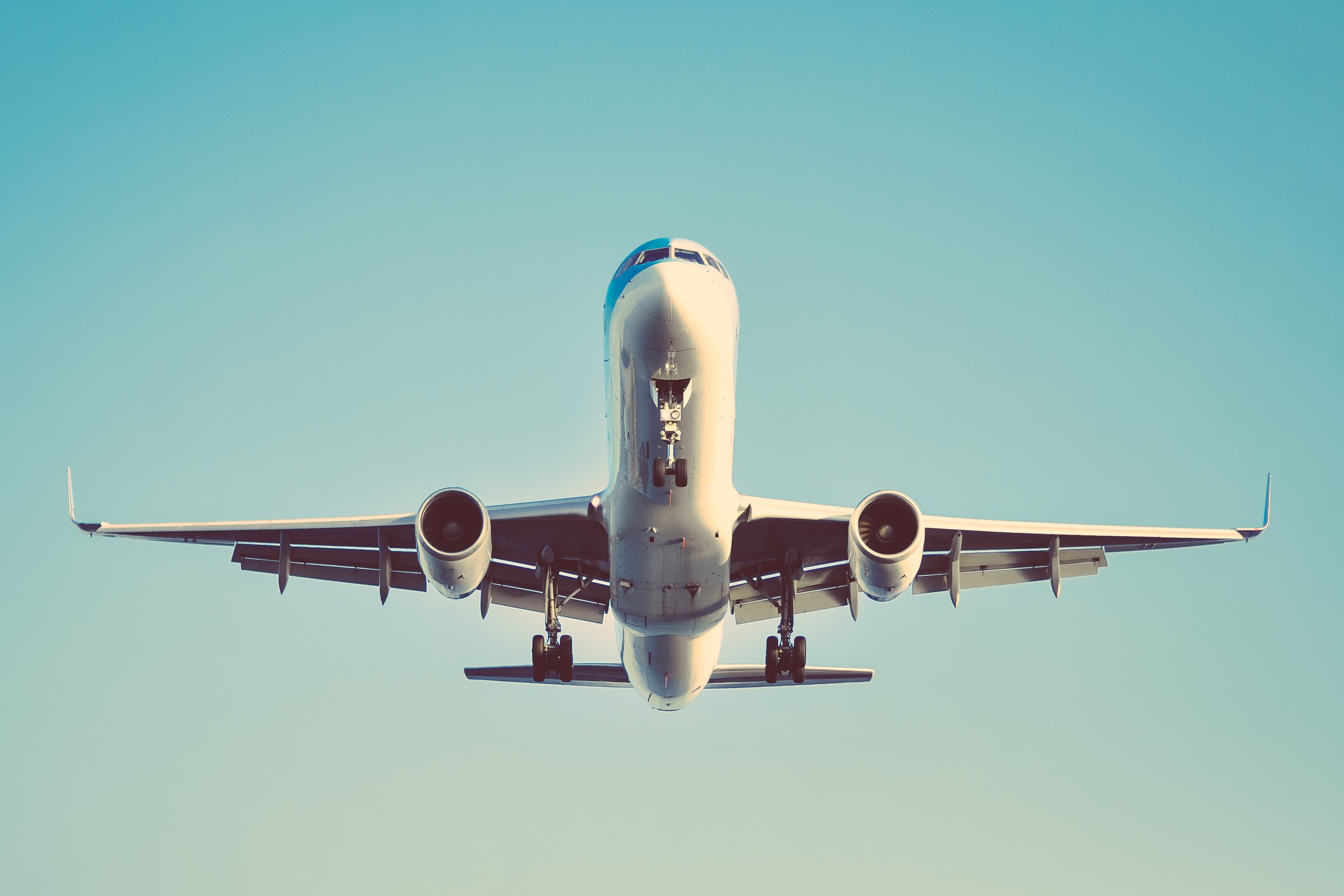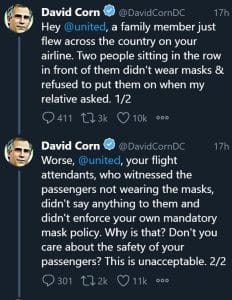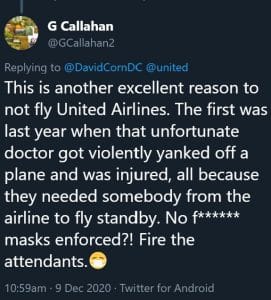With travel resuming moderately after the pandemic and the subsequent lockdowns, flights are finally taking off. Now is when the airline industry needs to be in touch with its customers more than ever. The SimpliFlying Airlines Social Media Outlook Survey reported that 87% of airline executives wish to use social media analytics to develop consumer insights. Airline companies receive millions of mentions each day. These range from travelers posting pictures of clouds outside their window to angry customers complaining about the service. Social media analytics helps the airline industry cut through the noise to gain real-time insights.
Social Media Analytics for the Airlines Industry
One of the major worries for any marketer is how to create a strong brand voice? This becomes more challenging for any airline to promote its unique niche among customers. To tackle this, marketers should first be asking another question. Which airlines are people and potential customers talking about? This is just the beginning of social media analytics. This gives you some insight into the biggest players from the industry, their strengths, and weaknesses.
When we looked into the discussion online around airline brands, U.S airlines were the ones most discussed. Most of the mentions, however, were negative. People were complaining about delayed flights, missing baggage et cetera. Winning a battle against your top competitor while providing the best customer service can be challenging. Social media analytics specializes in making the job easier!
Why does the Airline Industry need Social Media Analytics?
Like every other industry, the airline industry too needs a loyal customer base and a strong online reputation. But managing a business while keeping up with the constant online chatter and trends can be tricky. Not to mention that social media analytics helps in different aspects throughout the whole business.
Real-time Feedback
Airports are a busy place and each airline company has multiple flights landing and taking off every hour. Amidst all of this, there is a lot of scope for disruptions. There might be flight delays, change in boarding schedules, an IT system failure, etc. All these can cause disruptions which affect the service to passengers.
While the ground force manages the situation, social media analytics can help alert the management. Passengers are constantly online and talking about their experiences. A quick alert can help the team identify any chaotic scenario. Social data also helps the team analyze the information and dive into action with an emergency response arrangement. This is exactly how Southwest Airlines used its social listening command center to overcome a crisis situation and deliver excellent customer service.
Spotting Trends
The airline industry witnesses patterns and trends. There are times when people are in a festive mood and travel a lot and then there are times like these when everyone is locked up. Seeing the trends is one huge advantage that comes with social media analytics.
For instance, looking at the current scenario and while listening to the chatter online we saw a lot of concern among passengers with regard to the safety measures. In response to this, Delta Airlines has been occasionally communicating with its customers regarding its safety protocols. The brand’s content is relevant and is exactly what people want to know. And since they are talking about the trending subject, they enjoy increased visibility.
Competitive Analysis
The airline industry has recently been through a major slump in sales. And now that the fleet is back up in the air, every airline company is trying to get their audience’s attention. Every airline company has a strategy to bounce back into the business.
Social media analytics helps identify competitors and track their activities. You can set up a competitive benchmark to measure your performance in the market. Keeping close tabs on your competitors also allows you to find out any gaps in the market. For an airline company, it can range from providing excellent onboard services to adding a flight route!
Handling a Crisis or Negative Feedback
Of all the chatter around the airline industry, a predominant portion is negative. People have complained about poor service quality, boarding facilities et cetera. In today’s digital age, one negative comment can cause a ripple effect. This in turn can cause considerable damage to your business.
One example from the recent situation shows how one negative feedback can cause an explosive reaction on social media if not handled urgently. American political journalist – David Corn recently spoke about his experience with United Airlines on Twitter. He reported that the airline company was being negligent about safety protocols. He had spotted two passengers traveling without masks and the airline company did not take any action. These tweets got retweeted over 5000 times and attracted thousands of likes and comments from other angry customers.
In this scenario, the onboard flight attendants had to be careful and enforce their own rule about the mandatory wearing of masks by the passengers. The next best thing that the airline company could do was issue a public apology instantly and get into action to reduce the damage. This immediate action would have been possible with effective social listening and analytics.
Social media has made the world more connected than ever. Customers and companies have come closer. Every company has been making use of this platform to stay relevant, to stay connected, and offer maximum value. Customers expect the same from the airline industry. Forwarding a Twitter update about a delayed flight or upgraded safety measures goes a long way to build a trusting relationship with your customer. And social media analytics helps the airline industry focus on every important consumer insight in the most effective way possible.




